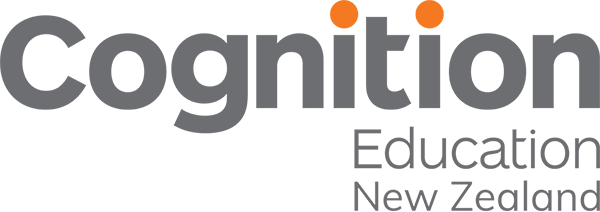In the realm of literacy education, structured literacy has emerged as a powerful framework for teaching reading and writing, particularly for individuals with dyslexia and other neurodiverse learning challenges. At the heart of structured literacy are its core components—fundamental building blocks that lay the foundation for reading success. Let’s dive deeper into these essential elements and explore their significance in the journey toward literacy proficiency.
Phonemic Awareness
Phonemic awareness is the ability to recognise and manipulate individual sounds, or phonemes, in spoken language. It’s the foundational skill upon which phonics and decoding are built. Activities that develop phonemic awareness include identifying rhyming words, segmenting words into individual sounds, and blending sounds to form words. By honing phonemic awareness skills, learners become more adept at understanding the sound structure of language, which is crucial for proficient reading and writing.
Phonics
Phonics instruction focuses on the relationship between letters (graphemes) and sounds (phonemes) in written language. It teaches learners to decode words by associating sounds with their corresponding letter patterns. Systematic phonics instruction follows a logical sequence, starting with simple letter-sound correspondences and gradually progressing to more complex patterns and word structures. By mastering phonics skills, students gain the ability to decode unfamiliar words independently, enhancing their reading fluency and comprehension.
Decoding
Decoding is the process of applying phonics skills to accurately pronounce written words. It involves breaking down words into their component sounds and blending those sounds together to form recognisable words. Effective decoding requires not only knowledge of letter-sound relationships but also the ability to apply decoding strategies flexibly and automatically. Through explicit instruction and practice, learners develop decoding proficiency, enabling them to tackle increasingly challenging texts with confidence.
Spelling
Spelling instruction goes hand in hand with phonics and decoding, as it reinforces learners’ understanding of sound-symbol correspondence. Structured spelling instruction emphasises patterns and rules governing English orthography, helping students internalise spelling conventions and spelling rules. By actively engaging in spelling activities, such as word sorts, dictation exercises, and word study investigations, students develop spelling strategies that enhance their overall literacy skills and writing proficiency.
Vocabulary Instruction
Vocabulary instruction expands learners’ repertoire of words and deepens their understanding of language. Structured vocabulary instruction incorporates explicit teaching of word meanings, word relationships, and word usage in context. It emphasises active engagement with words through strategies such as word analysis, context clues, and word consciousness activities. By building a robust vocabulary, students not only improve their reading comprehension but also strengthen their communication skills across various domains.
Incorporating these core components into literacy instruction lays a solid groundwork for reading success. Structured literacy approaches provide systematic, explicit instruction in phonemic awareness, phonics, decoding, spelling, and vocabulary, empowering learners with the skills and strategies they need to become proficient readers, writers and communicators.
As educators, parents, and advocates, let’s recognise the importance of these core components and strive to integrate them into our literacy programmes, ensuring that every learner has the opportunity to unlock the transformative power of literacy in all areas of their learning.
Structured literacy isn’t just about teaching reading; it’s about equipping individuals with the keys to unlock a world of knowledge, imagination, and opportunity—one word, one sound, one skill at a time. Let’s embrace the core components of structured literacy and pave the way for a future where every learner can thrive.
Read more on Structured Literacy
References:
Adams, M. J. (1990). Beginning to Read: Thinking and Learning about Print. MIT Press.
Moats, L. C. (2020). Speech to Print: Language Essentials for Teachers. Paul H Brookes Publishing.
National Reading Panel. (2000). Teaching Children to Read: An Evidence-Based Assessment of the Scientific Research Literature on Reading and Its Implications for Reading Instruction. National Institute of Child Health and Human Development.
Snow, C. E., Burns, M. S., & Griffin, P. (Eds.). (1998). Preventing Reading Difficulties in Young Children. National Academies Press.

